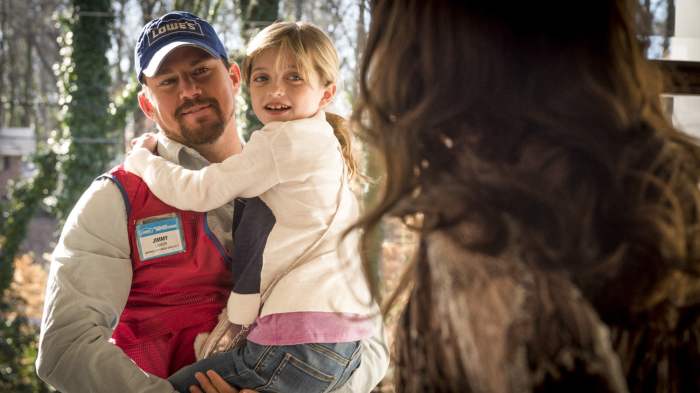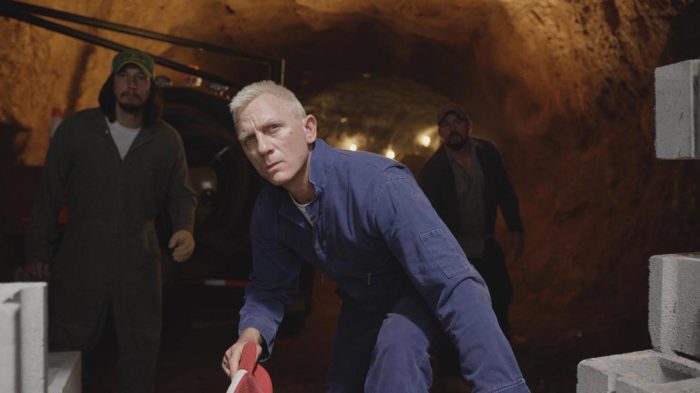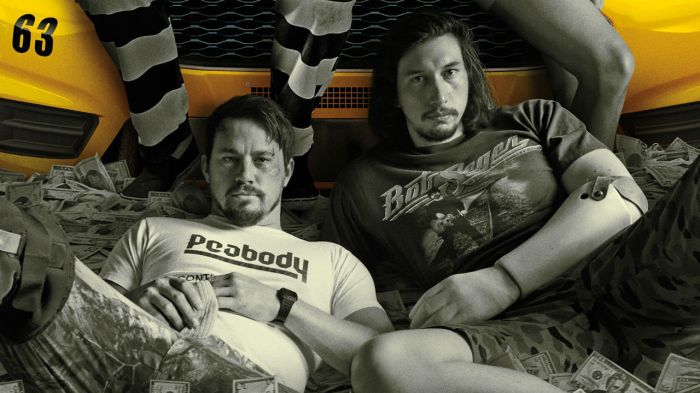My final pre-Oscars cramming post this year focuses on Marriage Story, the Noah Baumbach opus on divorce that hit Netflix back in November around the same time as The Irishman. It’s much leaner than Scorsese‘s marathon labor of love (which I talked about last week here), and overall feels a lot less joyless in spite of what’s obviously very heavy subject matter, but it has garnered a similar amount of critical acclaim, both from the reviewing public at large and the Academy – the latter coming in the form of nominations for Best Picture, Best Actor (Adam Driver), Best Actress (Scarlett Johansson), Best Supporting Actress (Laura Dern), Best Original Screenplay (Baumbach), and Best Score (Randy Newman). As always, I’m going to talk about my experience with it from its beginning (which I think is one of the best movie openings ever, rivaling the classic and somewhat similarly-themed Married Life montage in Up) to its bittersweet end, but for the time being suffice it to say it’s one of the better Best Picture noms I’ve seen in the past year.

One of the clips from the opening montage – I tried to find a picture of the clip of Adam Driver playing Monopoly, which honestly might be the best moment in the whole movie, but I couldn’t.
Much like Once Upon a Time…in Hollywood, and much like plenty of other movies that have carved out swaths of awards-night territory in the past, Marriage Story is an actor’s movie – this of course shows up in the talent that it attracted for its production in the ultra-bankable stars of Adam Driver and Scarlett Johansson, and that in turn shows up in its nominations. It’s chock full of emotional monologue opportunity, with each member of the principle cast getting his or her chance to shine, and reportedly its production itself – namely in major character background – was influenced heavily by the cast as well. There isn’t a whole lot of crafty camera work going on, and this is just fine, because for the most part Marriage Story would do very well – maybe even better – as a play. This shows up in the blocking, with numerous instances of characters walking from room to room mid-dialogue in critical scenes, including but not limited to the apartment fight scene that everyone is hearing about, which was actually done over 50 times in order to get it right. It’s a movie not just for appreciators of dramatic tour de force, but also for Hollywoodites, with its major characters being in some way associated with show business, and this is doubtless a factor in a lot of the acclaim (or potential acclaim, I guess) it has received from the Academy.

This had to be a scary moment for Scarlett on set – she would have ruined his hair for Star Wars if her hand slipped.
As for those characters themselves, we of course have Adam Driver’s Charlie, a theater director originally from Indiana who’s “more New Yorker than New Yorkers” according to his soon-to-be ex-wife (“what’s the fiancee version of divorce?” she asks at one point), Scarlett Johansson’s Nicole. Nicole is herself a gifted actress, who in spite of achieving her own success in the Big Apple is feeling the pull back to LA and work in television. Stuck in the middle, as is sadly often the case, is their 8-year-old son Henry, played by Azhy Robertson, and as I’m sure you can imagine a lot of the drama is centered around what will ultimately happen with him and where he’ll wind up living. Driver and Johansson are both brilliant here, with nominations well-deserved; in particular, I’m sad for Driver, as he’ll likely lose to Joaquin Phoenix (not saying he shouldn’t) in spite of the fact that this is probably some of his best work to date. Of course, no divorce movie worth its salt would be complete without a cast of sleazy lawyers, and in this case they’re played by Laura Dern (nominated for Best Supporting Actress, though that’s one that I’m not 100% sure I understand), Chantix frontman and sleazeball incarnate Ray Liotta, and Alan Alda.

Laura Dern’s getting all the love, but don’t sleep on my guy Alan Alda, who at one point starts telling a joke that’s so long that he doesn’t even finish it.
This cast effectively brings to life a script that’s teeming with realism. It’s a screenplay of course highlighting the painful and drawn-out nature of a real-life divorce, constantly being punctuated by conversations in courtrooms or conference rooms with people you don’t know that act like they do. Each character, no matter how minor, is multi-layered, seemingly good-natured in one scene and irredeemable in the next, and this writing, in combination with the incredible acting, will find you swapping your own allegiances as a viewer as the film goes on, and in my case (assumedly a common one) leaving room for ambiguity by the fade out. The dialogue is Sorkinian at times but mostly just feels overwhelmingly authentic, and that – in conjunction with the undercurrent of insistence that there has to be a better (less selfish? more representative?) way to work out the separation between two people who in many cases still love each other – is what makes the basis of the movie (Baumbach’s own separation from Jennifer Jason Leigh in 2010) so apparently visible. Tying a bow on all of it, too, is a score from Randy Newman that sounds a lot like his most famous work (is this the beginning of the Randy Newman “Story” Cinematic Universe?”) – between he and his cousin Thomas, who is nominated for his work on 1917, there’s a high likelihood that this year’s statuette in that category will have the Newman name affixed to it.

No joky caption here, just intense stuff.
As I said at the top, the main thing Marriage Story has going for it relative to all of the Best Picture nominees that I’ve seen not named Parasite (and what I expect to be true of the ones I haven’t seen as well) is that it isn’t joyless. One commonality that Baumbach’s story shares with the other nominees is that it contains no single character that you’re able to completely like and/or pull for, and of course its plot is basically a heartbreaking Shiatsu massage without the benefit of feeling any better afterwards, but somehow along the way the writing and the final product finds a way to exude some very not-too-depressing charm, and I’m not just talking about that Adam Driver Company scene. This hindsight perspective may in some part be a result of the fact that the movie is bookended excellently with the only narrative positivity that really exists in the script, but maybe that’s by design, or even in keeping with the movie’s message. Either way, it probably deserves better than its box office take, and it’s worth watching on Netflix if you have the time, before or after its name is read on the 9th.








